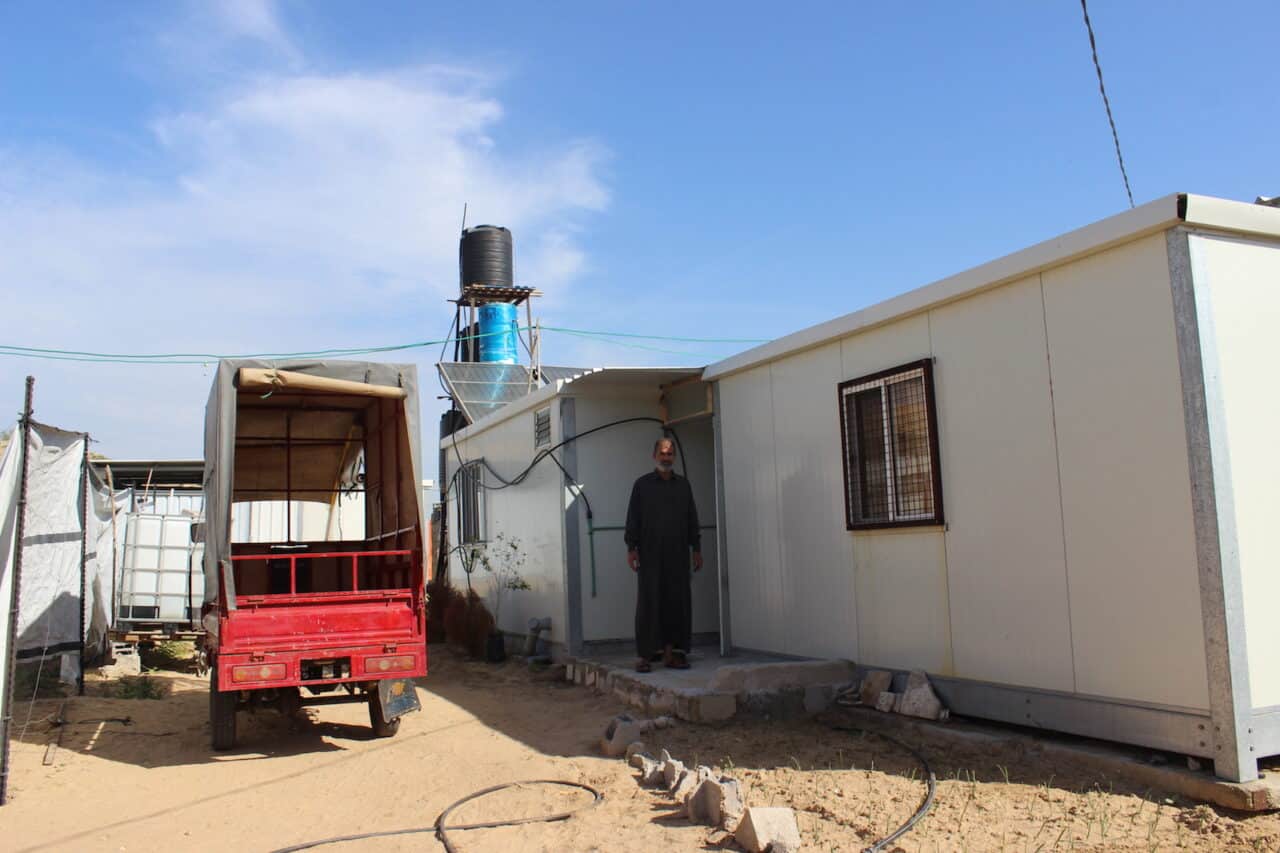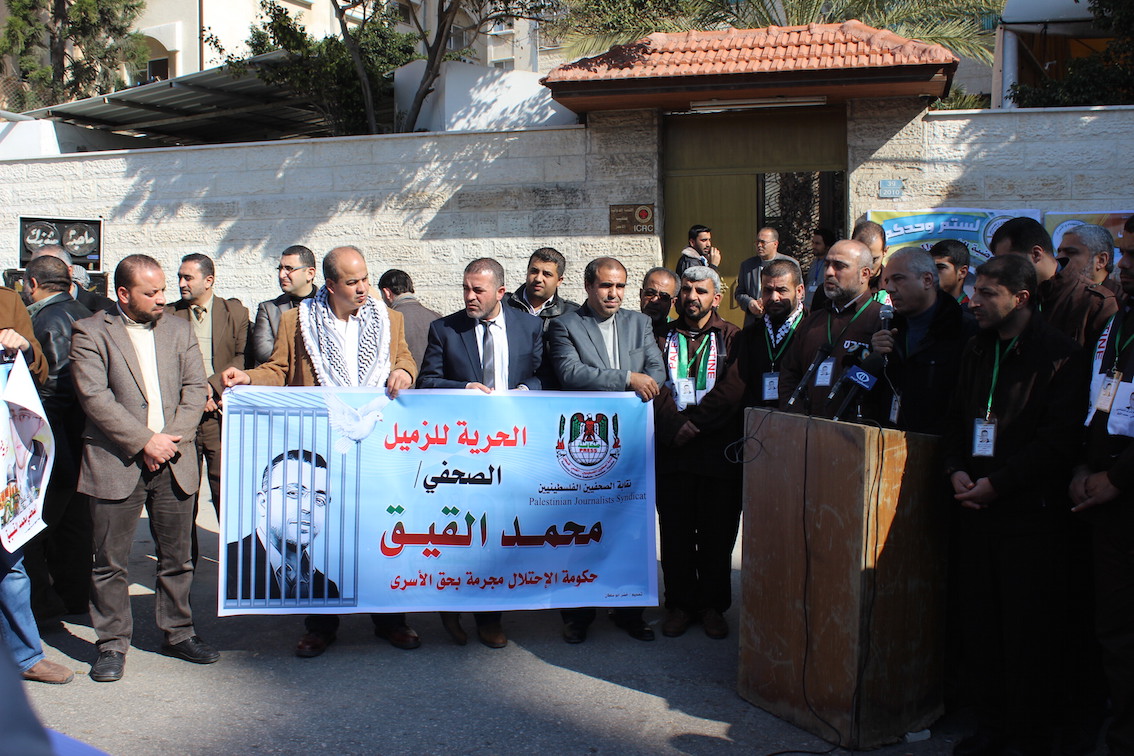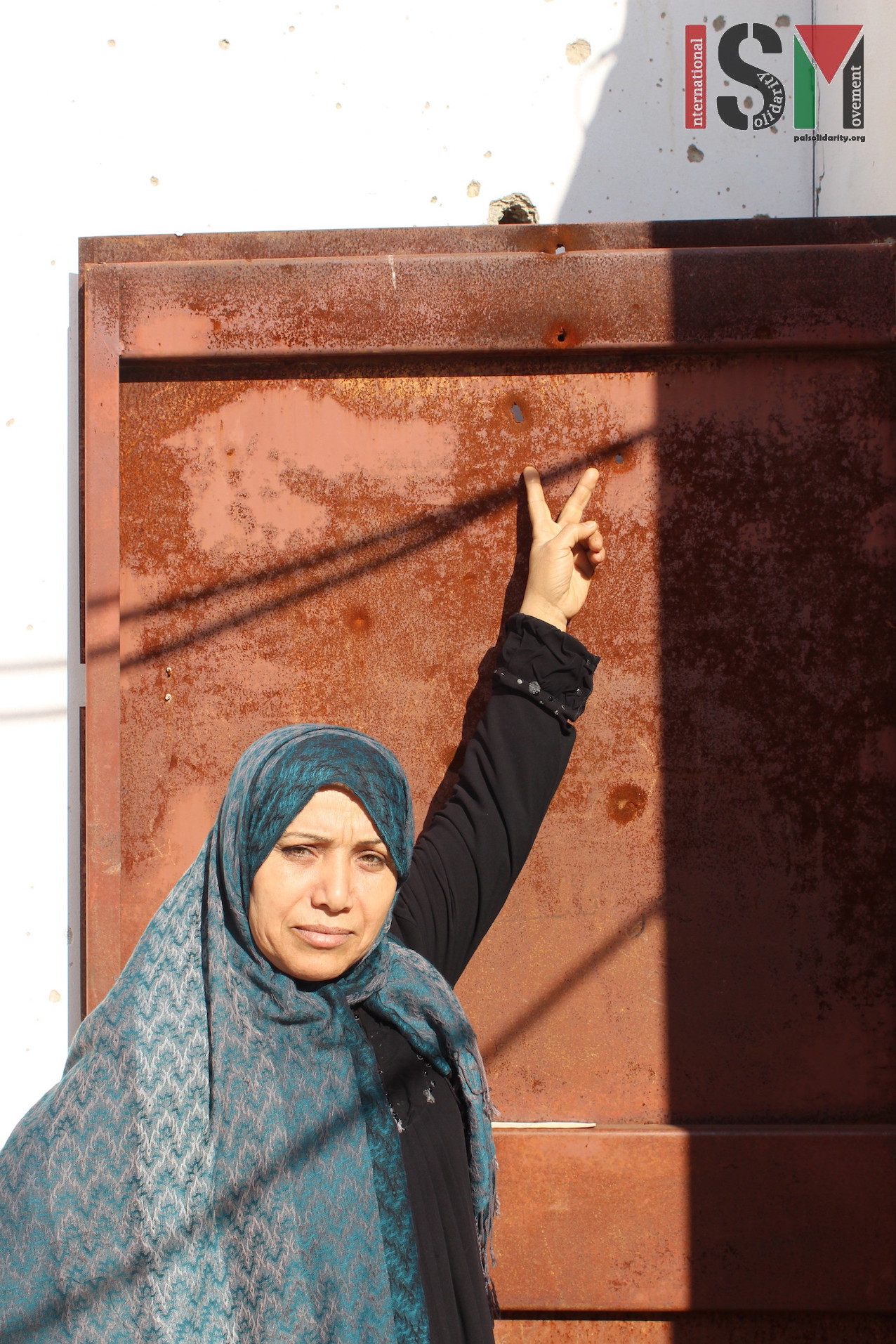Tag: Gaza Siege
-
Palestinian refugees fleeing Syria seek home in Gaza
February 11, 2016| International Solidarity Movement, Gaza team | Khan Younis, Gaza strip, occupied Palestine Palestinian refugee Heesham Ahmed El Khoranin and his family have already survived 2 Israeli assaults against the Gaza Strip since he returned after fleeing from Syria in 2011. Heesham grandparents were born in Masmiya, 42km north of Gaza, one of…
-
Support for political prisoner, Mohamad AlQueeq, after more than 70 days of hunger strike
4th Feburary 2016 | International Solidarity Movement, Gaza Team | Gaza, occupied Palestine Yesterday there were several events in Gaza supporting the Palestinian political prisoner Mohamed AlQeeq, who is actually in the 72nd day of hunger strike and has lost his sight and hearing. Moataz Dalul, spokesman for the prisoners, stressed that “Mohamed AlQeeq is…
-
Gazan families struggle to survive in wreckage left by Israel’s 2014 attack
22nd January 2016 | International Solidarity Movement, Gaza Team | Beit Hanoun, Gaza strip, occupied Palestine During the latest massacre in Gaza 60-year-old Fatma was one of the many Gazans who lost her home. She was sheltering in an UNRWA school along with her husband and 4 daughters when the Israeli occupation forces bombed their home. Once the aggression…



